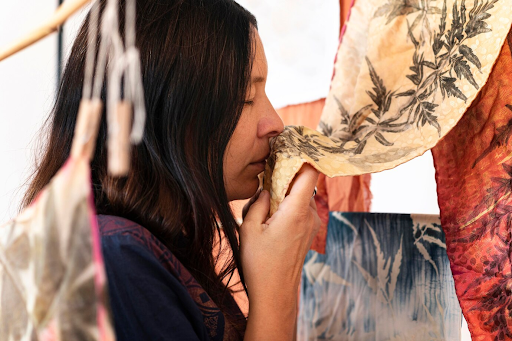How Native American Art Appraisal Helps Authenticate Traditional Artwork

Authenticity matters in Native American art. Each piece reflects deep cultural traditions, spiritual significance, and craftsmanship passed down through generations. Without proper verification, valuable works risk being misrepresented or lost in a market flooded with reproductions.
Authenticating traditional artwork safeguards artistic heritage. It helps collectors, museums, and buyers ensure they acquire genuine creations. Native American communities also benefit by preserving their artistic legacy and preventing exploitation.
Native American Art Appraisal Ensures Cultural and Historical Accuracy
A formal appraisal provides a reliable way to determine a piece’s authenticity and value. Native American art appraisal involves a careful examination of age, origin, and historical significance. Experts analyze details such as tribal affiliation, traditional motifs, and stylistic elements unique to specific regions.
Trained appraisers follow strict guidelines. They compare pieces with documented works, consult tribal artists, and use scientific methods when necessary. A verified native American art appraisal not only confirms authenticity but also preserves the cultural identity embedded in the artwork.
Expert Evaluation Helps Distinguish Authentic Pieces
Distinguishing genuine Native American artwork from imitations requires experience. Trained appraisers recognize the hallmarks of authentic craftsmanship, including handwoven textiles, hand-carved figures, and natural pigments.
Experts assess structural integrity, aging patterns, and historical documentation. They can identify inconsistencies in technique or material use that signal mass production. Their evaluation ensures collectors and institutions acquire pieces with real cultural and artistic value.
Traditional Techniques Play a Key Role in Appraisal
Handcrafted details define the authenticity of Native American art. Traditional techniques, such as beadwork, pottery firing, and weaving, serve as markers of originality. These time-honored methods differ significantly from mass-produced replicas.
Appraisers examine brushstrokes, stitching, and carving techniques. The presence of machine-made patterns or synthetic materials raises red flags. By understanding the craftsmanship behind each piece, experts can authenticate and preserve genuine artistic traditions.
Materials and Craftsmanship Determine Authenticity
Natural materials are a defining feature of Native American art. Traditional artists use resources from their environment, such as natural dyes, clay, wood, and animal hides. These materials reflect indigenous knowledge and sustainable practices.
Appraisers inspect the composition of an artwork. They test pigments, analyze fibers, and verify the use of traditional carving tools. Differences in texture, color aging, and wear patterns provide valuable clues. A careful assessment ensures that each piece aligns with authentic craftsmanship.
Market Value of Genuine Native American Artwork
Authenticity significantly impacts market value. Collectors and institutions seek original Native American pieces, leading to higher demand and pricing. A certified Native American art appraisal provides proof of authenticity, increasing an artwork’s worth.
Fakes and misrepresented pieces lower overall market trust. Buyers want assurance that their investment supports indigenous artists and holds historical significance. Appraisals not only protect buyers but also ensure artists receive proper recognition and fair compensation for their work.
Preserving Cultural Heritage Through Proper Appraisal
Appraising Native American art goes beyond financial evaluation. It plays a crucial role in cultural preservation. Recognizing and documenting genuine pieces helps safeguard indigenous traditions for future generations.
Museums and collectors rely on accurate appraisals to maintain historical accuracy. Tribes also use appraisal services to reclaim lost or misattributed works. By supporting proper authentication, communities can keep their artistic legacy intact.
Conclusion
Authenticating Native American artwork is essential for preserving cultural heritage, maintaining market integrity, and protecting artists’ legacies. Native American art appraisal ensures that traditional techniques, materials, and historical value remain recognized and respected.
With expert evaluation, authentic pieces can be properly valued and appreciated. Buyers, collectors, and museums can confidently support indigenous artists, fostering a market where tradition and authenticity thrive.


